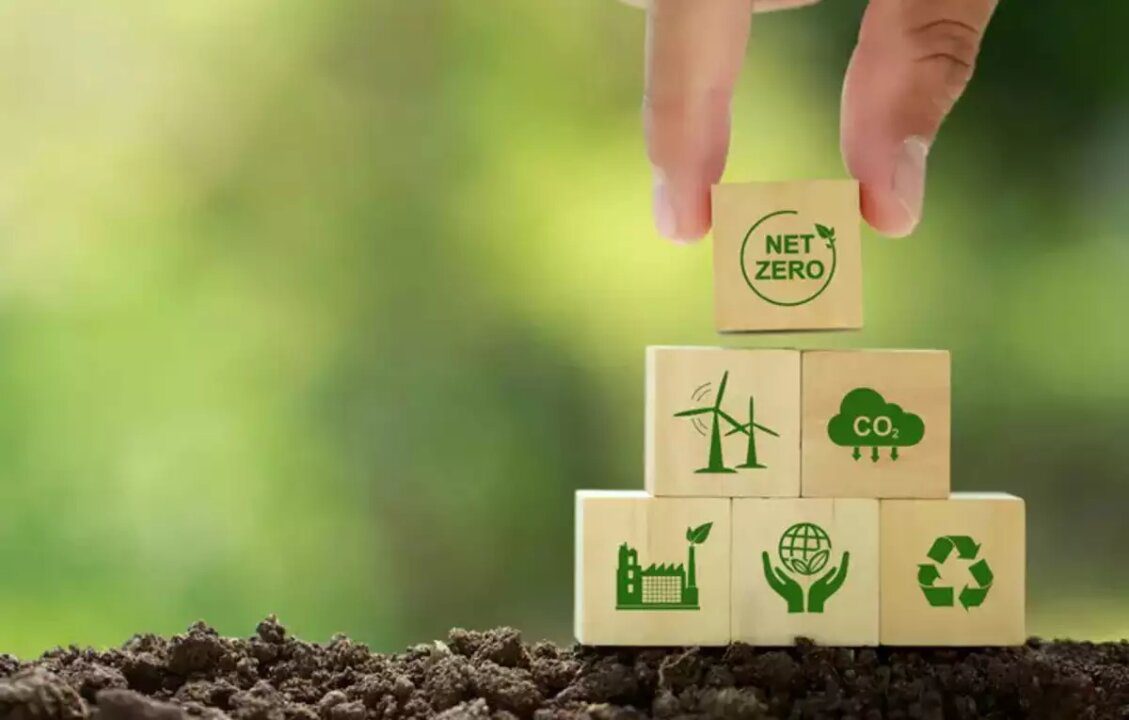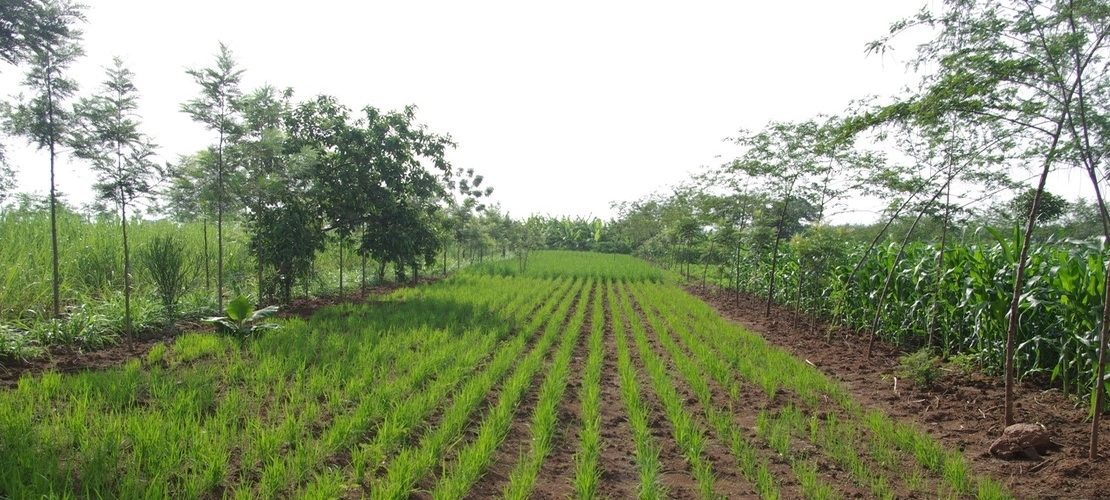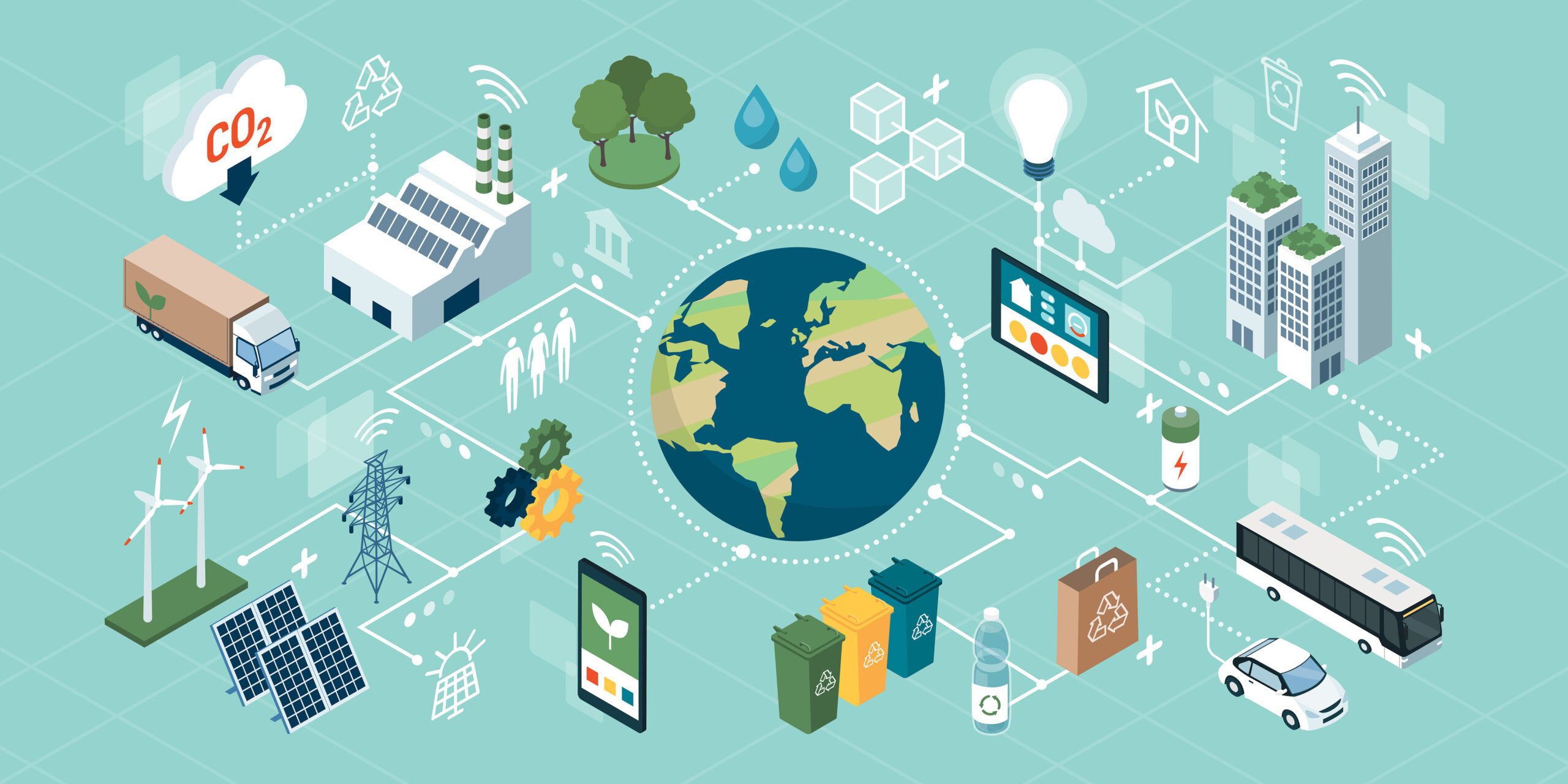Table of Contents
In the face of escalating climate change concerns, the global community has been actively seeking sustainable solutions to reduce carbon emissions and mitigate the impact of human activities on the environment. One such innovative approach is the concept of carbon credits. This article aims to provide a comprehensive understanding of what carbon credits are, how they work, and their role in fostering a greener and more sustainable future.
What are Carbon Credits?
Carbon credits are a market-based mechanism designed to incentivize the reduction of greenhouse gas (GHG) emissions. They represent a unit of measurement equivalent to one ton of carbon dioxide (CO2) or its equivalent in other greenhouse gases. The fundamental idea is to create a system that puts a price on carbon emissions, encouraging businesses and individuals to adopt cleaner practices.

How do Carbon Credits Work?
Emission Reduction Projects:
Carbon credits are generated through projects that lead to a quantifiable reduction in GHG emissions. These projects can range from renewable energy initiatives (such as wind or solar power plants) to afforestation efforts or energy efficiency improvements in industries.
Verification and Certification:
Once a project is implemented, it undergoes a thorough verification process to ensure that the claimed emissions reductions are accurate and comply with international standards. Independent third-party organizations, like the Verified Carbon Standard (VCS) or the Gold Standard, validate and certify these projects.
Issuance of Carbon Credits:
After successful verification, carbon credits are issued to the project. These credits can then be sold on the carbon market.
Trading on Carbon Markets:
Carbon credits are traded on various international and regional carbon markets. Buyers, often companies looking to offset their emissions, purchase these credits to compensate for their carbon footprint.
Organizations that donated the most carbon credits:
| Organization | Activities | Notable Initiatives | Focus |
|---|---|---|---|
| Microsoft | Carbon neutrality by 2030 | Donates carbon credits to reforestation & renewable energy projects | Environmental Initiatives |
| Google (Alphabet) | Carbon offset purchases and donations | Supports environmental NGOs & educational programs | Sustainability |
| Shell | Oil & gas company with sustainability efforts | Donates credits to methane capture & forest conservation | Environment & Energy |
| Gold Standard | Carbon offset program developer & trader | Facilitates significant donations through projects & collaborations | Environment & Transparency |
| Terrapass | Carbon offset provider | Facilitates donations for clean cookstove & solar power installations | Environmental Initiatives & Community Development |
| Cool Effect | Small-scale renewable energy projects | Uses donated credits to fund community projects in developing countries | Renewable Energy & Community Development |
| Climate Action Reserve | Carbon offset registry with high standards | Projects dedicate portions of credits to donation programs | Environmental Integrity & Transparency |
| Rainforest Trust | Rainforest protection | Receives credit donations for land acquisition & conservation | Biodiversity Protection |
| World Wildlife Fund (WWF) | Partners with carbon offset providers | Facilitates donations for endangered species & habitat restoration | Environmental Conservation & Sustainability |
| The Nature Conservancy | Global conservation organization | Receives credit donations for diverse projects (forest & coastal) | Ecosystem Resilience & Biodiversity Protection |
Benefits of Carbon Credits:

Incentivizing Emission Reduction:
Carbon credits provide a financial incentive for businesses and individuals to invest in projects that reduce emissions. This helps accelerate the transition to a low-carbon economy.
Supporting Sustainable Development:
Many carbon credit projects are designed not only to reduce emissions but also to contribute to sustainable development goals, such as poverty alleviation, biodiversity conservation, and community empowerment.
Global Collaboration:
The carbon credit system fosters global cooperation in addressing climate change. It allows countries and companies to work together to achieve emission reduction targets, irrespective of geographical boundaries.
Navigating the Footprint of Our Choice
In our daily lives, the choices we make wield a profound influence on the extent of our carbon footprint. Whether as businesses or individuals, we inevitably contribute to greenhouse gas emissions through various activities:
Airline Flights:
The convenience of air travel, while connecting us globally, comes at an environmental cost. Each flight generates emissions that significantly contribute to our carbon footprint. As conscious consumers, exploring alternatives or opting for more sustainable travel options can help mitigate this impact.
Airlines with Potential Carbon Credit Donation Involvement
| Airline | Notable Sustainability Initiatives Related to Carbon Credits |
|---|---|
| KLM Royal Dutch Airlines | Long-standing carbon offsetting program, supports renewable energy projects. |
| Air France | Partnered with Terrapass for carbon offsetting, and invested in biofuel research. |
| Lufthansa Airlines | Committed to net-zero emissions by 2050, invests in sustainable aviation technologies. |
| United Airlines | Partnered with CHOOOSE for carbon offsetting options, committed to reducing operational emissions. |
| Delta Air Lines | Carbon offset program available to passengers, invested in carbon capture and storage projects. |
| American Airlines | Partnered with Arbor Day Foundation for tree planting initiatives, and invested in biofuel research. |
| Qantas Airways | Supports native habitat restoration projects, and invested in fuel efficiency improvements. |
| Emirates Airline | Partnered with Carbon Offsetting Company, invested in renewable energy sources. |
| Singapore Airlines | Carbon offsetting program available to passengers, committed to eco-friendly aircraft operations. |
| Etihad Airways | Partnered with CarbonClick for carbon offsetting options, invested in sustainable airport infrastructure. |
Morning Coffee Ritual:
Even the simple act of buying a morning coffee carries environmental implications. From the cultivation of coffee beans to the disposable cups and packaging, the entire process entails a carbon footprint. Making eco-conscious choices, such as using reusable cups or supporting sustainable coffee brands, can contribute to reducing this impact.
Purchasing Products with Raw Materials:
The products we purchase often have a hidden carbon cost associated with the extraction and processing of raw materials. From electronics to clothing, understanding the lifecycle of products can empower us to make environmentally responsible choices. Supporting products with recycled materials or opting for longevity and durability can be steps towards a reduced carbon impact.
Holistic Impact:
Beyond these specific instances, our daily activities collectively contribute to the overall carbon emissions affecting the planet. From the food we consume to the energy used for heating and cooling our homes, every action plays a role in shaping the size of our carbon footprint. Acknowledging and understanding these varied impacts is the first step towards adopting more sustainable practices.
Reducing Your Carbon Footprint:
Fortunately, there are numerous avenues for individuals and businesses to actively diminish their carbon footprint. Transitioning to renewable energy sources, embracing public transportation, and choosing products with lower carbon intensity are just a few examples. By making informed decisions and incorporating sustainable practices into our lives, we can collectively work towards a future with a diminished environmental impact.
Challenges and Criticisms:
Additionality and Permanence:
Ensuring that projects result in additional emissions reductions beyond what would have occurred without the incentive (additionality) and addressing the long-term permanence of carbon sequestration efforts are challenges faced by the carbon credit system.
Market Volatility:
The carbon market can experience fluctuations in prices, impacting the financial viability of certain projects. This volatility can hinder long-term investments in emission reduction initiatives.
Carbon credits play a vital role in the global effort to combat climate change by creating a market-driven mechanism that encourages emission reductions. While they are not without challenges, the concept of carbon credits has become an integral part of the broader strategy to transition towards a sustainable and low-carbon future. As businesses, governments, and individuals continue to recognize the importance of reducing their carbon footprint, carbon credits offer a tangible and effective means to contribute to a greener planet.
Related Posts







